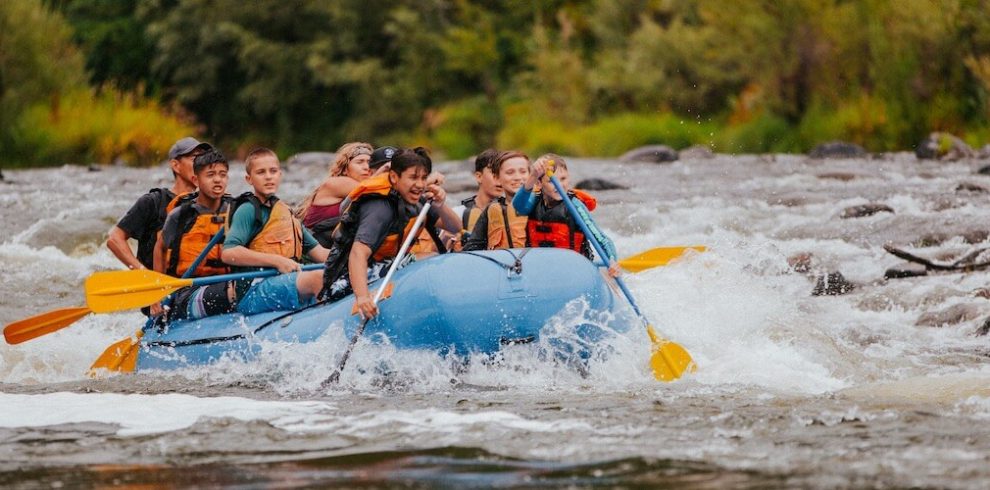5 Days Classic Lhasa Group Tour with Yamdrok Lake
-
GuaranteedFridayApr 4, 2025TuesdayApr 8, 2025$1Available
-
GuaranteedSaturdayApr 5, 2025WednesdayApr 9, 2025$1Available
-
GuaranteedSundayApr 6, 2025ThursdayApr 10, 2025$1Available
-
GuaranteedMondayApr 7, 2025FridayApr 11, 2025$1Available
-
GuaranteedTuesdayApr 8, 2025SaturdayApr 12, 2025$1Available
-
GuaranteedWednesdayApr 9, 2025SundayApr 13, 2025$1Available
-
GuaranteedThursdayApr 10, 2025MondayApr 14, 2025$1Available
-
GuaranteedFridayApr 11, 2025TuesdayApr 15, 2025$1Available
-
GuaranteedSaturdayApr 12, 2025WednesdayApr 16, 2025$1Available
-
GuaranteedSundayApr 13, 2025ThursdayApr 17, 2025$1Available
Day 1 Arrival in Lhasa | Airport Pick-up and Hotel Check-in
Tashi Delek! Welcome to Lhasa, the capital of the Tibet Autonomous Region! Upon your arrival at the airport in Lhasa, the tour guide and driver will meet you at the exit, and then escort you to the hotel in downtown Lhasa (60km, about 1.5 hours’ drive) . You can have a good rest to get used to the altitude (3,650m) in your hotel and get ready to explore Lhasa with your guide the next day.
Arrival Ideas: Lhasa is located in the southern part of the Tibetan Plateau and southwestern China. Traveling to Tibet is convenient by air, railway, or road. There are five airports in Tibet, with Lhasa Gonggar Airport being the most popular for flights from Chengdu (which is also popular), Chongqing, Xian, Beijing, Shanghai, Guangzhou, Kunming, Xining, Shangri-La, and other cities. One international airline even connects Lhasa and Kathmandu. Moreover, travelers can take the train to Lhasa from Xining (21 hours, the starting point of the Qinghai-Tibet Railway), Lanzhou (24.5 hours), Chongqing (35.5 hours), Chengdu (36.5 hours), Xian (31 hours), Beijing (40.5 hours), Shanghai (47 hours), Guangzhou (52.5 hours), Shigatse (2.5 hours), Nyingzhi (4 hours), and other cities.
Kind Reminds:
1. It is good to avoid altitude sickness by slowing down, keeping warm, drinking water frequently, avoiding showers for the first one or two days, taking it easy, and sleeping well.
2. You should always follow your doctor’s advice regarding altitude based on your health condition.
3. Be sure to let your guide or the hotel staff know whenever you feel unwell or need help. The people there are always willing to help and are good at dealing with altitude sickness.







